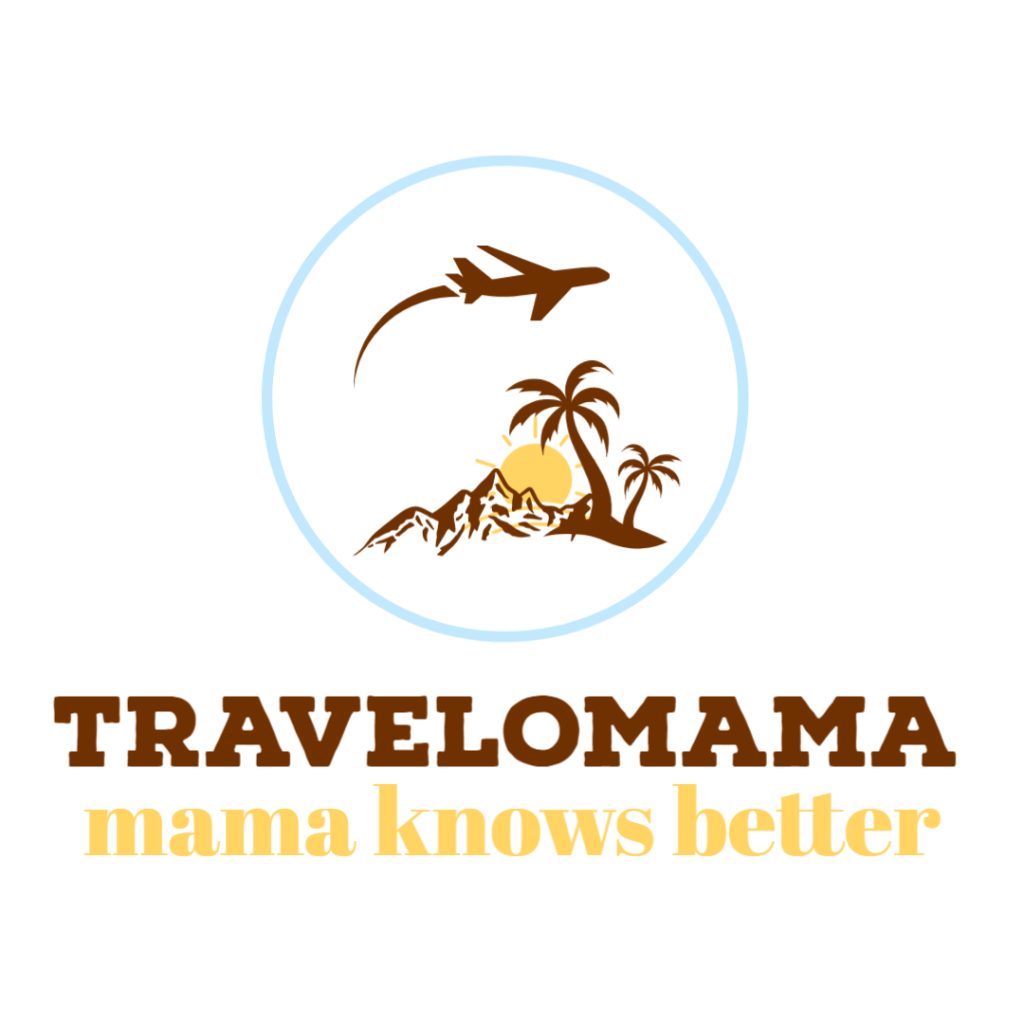Tehran is the city travellers love to hate, with many avoiding a stay here altogether en route to Iran’s more popular tourist destinations. But as Mike Milotte discovers, the capital’s gorgeous galleries, sociable locals and exhilarating pace give it a beautiful side too.
Iranian friends and our guide/interpreter alike think we’re mad, but we persist with our plan to spend 10 days of our month-long visit to Iran in the polluted and architecturally unattractive capital, Tehran. It’s a city most organised tours dispose of in a day or two with a quick visit to the crowded and bling-choked Jewellery Museum, a glimpse of the Azadi Tower, and a stop at one of the former Shah’s flashily opulent palaces. For my part, eleven museums, six art galleries and three bazaars later – not to mention two mountain trips, one cinema visit and a memorable night at home with a Tehrani family – I’m glad we persevered.
 Crowds of shoppers at Tehran’s Grand Bazaar.
Crowds of shoppers at Tehran’s Grand Bazaar.
The plaza outside the main bazaar is a great spot for people-watching. The streets are teeming, not with mullahs or gun-toting police as I had anticipated, but with seemingly carefree shoppers, armed with mobile phones. There are lots of head-to-toe black chadors, but just as many women wear cheerful loose-fitting headscarves, tight jeans and dramatic makeup. Consumer goods are plentiful and restaurants are crowded
Of course, appearances aren’t everything, and repression is still part and parcel of life here. We catch one small glimpse of the Islamic Republic’s other face when, from a bus window we watch a squad of Ershad, the morality police, hustle a young woman into a police van for wearing ‘bad hijab’ – a headscarf that reveals too much hair and neck – and an enormous pair of earrings.
A fellow passenger explains in perfect English what is happening. Soon after, when the bus passes a cinema, she reveals that she’s an actress, and pointing to a huge bill-board advertising her latest film asks bashfully, ‘Would you like to come and see it?’ So off we go to a huge cineplex to watch a smart comedy that pokes gentle fun at religious fanaticism. There isn’t an empty seat in the house. It’s all in Farsi of course, but over spicy chicken wings in the cinema’s fast food outlet, our new-found friend has explained the plot, and we laugh with the rest.
Meeting Tehranis is remarkably easy and richly rewarding. As we try to buy saffron, piled high at the very un-touristy Tajrish bazaar, a young woman asks in broken English if we need help. We get talking. ‘N’ is an artist, and one of her friends has an exhibition at the renowned Seyhoun art gallery. We’re invited along, and are soon chatting to half a dozen of the city’s brightest young painters, N’s friends, who excitedly show us their work on smart phones and tablets. We adjourn to a working studio, home to illicit life drawing classes, where we drink tea and leave with a fabulous landscape painting that will grace our living room.
 The Azadi Tower marks the west entrance of Tehran.
The Azadi Tower marks the west entrance of Tehran.
Next day, in the unpeopled galleries of the Museum of Contemporary Art, a staff member tells us 3,000 works by western painters like Picasso, Van Gogh, Bacon, etc – all deemed degenerate – languish in the basement while ‘safe’ Iranian art bedecks the walls. ‘That’s why no-one bothers coming,’ our informant asserts. Later, in the Carpet Museum next door, an attendant eagerly points out some 18th century Persian rugs depicting erotic imagery where more than female heads are laid bare. ‘How come they’re still on show?’ I ask. He just smiles back.
As the only foreigners in most of the places we visit, we are an endless source of interest to shyly curious Tehranis. One such encounter, during a lung-reviving mountain walk at Darband, ends with an invitation to dinner in the family home. The women all wear party dresses and have their heads and arms uncovered, illegal, even at home, when a male stranger is present. French wine and Russian vodka, smuggled from Iraq, are offered, and after an unforgettable meal of lamb with walnuts and pomegranate, we settle down to watch television.
 An Iranian family go for a stroll in Tehran.
An Iranian family go for a stroll in Tehran.
Iranian pop videos blare out, ornamented with minimally dressed gyrating dancers. Again, I am puzzled. ‘Tehrangeles’, our host explains – the Iranian diaspora in Los Angeles who beam uncensored satellite channels into the Islamic Republic. ‘Receivers were banned here in 1995’ we are told, ‘but most people have contraband equipment, and if it’s confiscated in an official raid,’ our host adds with a laugh, ‘the technical guys who take it will come back later and install even better gear. But it will cost you.’
Zigzagging back to our hotel in a bone-shaking taxi without seatbelts, our driver, a talkatively wise man with reasonable English, points out ranks of enormous SUVs – gleaming Porsches, Mercs, BMWs and Audis – waiting for their owners to spill out of fashionable and expensive eateries in Tehran’s northside. ‘Sanctions’, he says, ‘have made a small number of businessmen with political friends fantastically rich.’
Am I imagining it, or is it beginning to feel more and more like home here?
 A young couple admire the view of Tehran at dusk.
A young couple admire the view of Tehran at dusk.
Tehran’s Top Five
Glass and Ceramics Museum
Stunning artefacts from the 2nd millennium BC onwards, beautifully displayed and annotated. We were the only visitors which meant we could ooh and aah without embarrassment.
 A display at the Glass and Ceramics Museum.
A display at the Glass and Ceramics Museum.
Reza Abbasi Museum
The exhibits, starting from around 2000BC, are without exception quite exquisite – especially the gold work – and as few people seem to visit, you might have it entirely to yourself.
Jameh Bazaar
A massive Asian flea market staged on Fridays only, when the main bazaar is closed. Come prepared to buy stuff you neither need nor want but will treasure for ever. Increase the pleasure by haggling hard.
Carpet Museum of Iran
Look out for two enormous carpets depicting (among others) Napoleon, and see if you can spot the difference in how he’s depicted. The carpets are beautiful but unlike its Turkish equivalent in Istanbul, this museum’s signage isn’t great.
Why the beloved California roll might actually be from Vancouver, BC
Despite the name, the California roll first gained popularity outside of the United States in Vancouver, British Columbia. Though sometimes criticized as being ‘inauthentic,’ the roll was not only developed by a renowned sushi chef, but it also helped popularize Japanese cuisine around the globe.
 The California roll, a simple combo of avocado, crab, seaweed and rice, has become one of the world’s most recognizable sushi rolls
The California roll, a simple combo of avocado, crab, seaweed and rice, has become one of the world’s most recognizable sushi rolls
Catering to a new set of tastes
After developing his culinary skills at a traditional Japanese restaurant in Japan, sushi chef Hidekazu Tojo emigrated from Osaka to Vancouver in 1971.
He’d spent years developing his culinary skills at a traditional Japanese restaurant in Japan. According to Tojo, he was quick to recognize the limited sushi palates of Vancouverites at the time, influencing his decision to venture outside of traditional ingredients and experiment with other flavors and cooking methods. This led to the creation of the ‘inside out’ Tojo Roll – a simple combination of sushi rice, dried seaweed, avocado, crab and cucumber.
 Chef Tojo is credited with the popularization of the California Roll
Chef Tojo is credited with the popularization of the California Roll
Tojo easily predicted the popularity of the new roll, suggesting that hiding the seaweed and avoiding raw fish would make sushi seem more accessible. Though the origin of the roll continues to be most often attributed to Tojo, the history is somewhat murky, with several Los Angeles sushi chefs taking credit for it in recent years.
Today, Tojo’s alleged creation is universally known as the California roll due to the influx of visitors from Los Angeles to his restaurant at the time. Before long, the California roll could be found in cities throughout North America, as well as other parts of the world.
Tojo’s never-failing creativity and the success of the California roll helped inspire additional creations, including the BC Roll – a popular ‘inside out’ roll with barbecued salmon skin. The BC Roll is considered to be a creative take on a Japanese classic, replacing saltwater eel with salmon skin as a way to take advantage of the region’s abundance of salmon. The origins of the Rainbow Roll, Spider Roll and Golden Roll have all been attributed to Tojo as well.
 Chef Tojo carefully preparing a BC roll at Tojo’s
Chef Tojo carefully preparing a BC roll at Tojo’s
In recent years, Tojo has been recognized as one of the best sushi chefs in the world by the Wall Street Journal, Vancouver Magazine and television programs such as Anthony Bourdain: No Reservations. After 18 years of operating his Vancouver restaurant, Tojo was inducted into the British Columbia Restaurant Hall of Fame. In 2016, Tojo was also named a Goodwill Ambassador of Japanese cuisine by the Japanese government – one of only 13 ambassadors outside of Japan to receive such an accolade.
A trend catches fire
Though initially met with some skepticism, Tojo’s inventive rolls were eventually recognized for helping popularize Japanese cuisine across the Western world. The sushi scene in BC has boomed over the years and Tojo’s continues to be one of the most highly regarded Japanese restaurants in the area. Since the introduction of the California roll, a number of other noteworthy sushi restaurants in Vancouver have developed their own version of his popular creation.
 Miku specializes in Aburi sushi, which uses a flame to lightly sear the raw fish
Miku specializes in Aburi sushi, which uses a flame to lightly sear the raw fish
Included amongst these establishments is Miku – a trendy waterfront restaurant that specializes in Aburi-style sushi, which uses a flame to lightly sear the raw fish. Miku’s innovative take on the Vancouver classic trades crab for prawn and is wrapped in red tuna, topped with a crunchy ginger and onion sauce. The roll can also be found in Yaletown at Minami, Miku’s sister restaurant. Another stop within the city limits is Naruto Sushi, a slightly more casual eatery than some of Vancouver’s most renowned sushi restaurants, offering a deep-fried version of Tojo’s famous invention.
Other popular Vancouver joints such as The Eatery and The General Public take the innovative tactics behind the California roll to the next level, concocting rolls from unconventional ingredients such as yam, coconut, artichoke hearts and bananas. For those who are looking to keep it simple, Toshi, Tomokazu and Samurai Sushi House all offer mouthwatering traditional takes on this crowd favorite.
The beginning of ‘hands-off’ dining
Though it might be considered his claim-to-fame, Tojo’s influence extends way beyond the realm of the California roll. In the 1970s, there were only a handful of sushi restaurants in BC’s largest city. Today, Vancouver is loosely considered the sushi capital of North America, boasting more than 600 sushi dining spots in the city. Many of these sushi hot spots were designed around omakase-style dining, allowing the chef to select and curate each course of the meal.
 Omakase is a tradition of a chef selecting a series of plates
Omakase is a tradition of a chef selecting a series of plates
Translating to ‘I’ll leave it up to you,’ omakase is not so much a style of food as it is an experience. Another one of the first omakase-style restaurants to graze the area, Sushi Bar Maumi is often considered one of the best sushi spots in the city. In addition to the intimate setting and unique daily creations, the sushi bar imports its fish directly from Japan five days a week, promising a certain level of freshness and quality.




